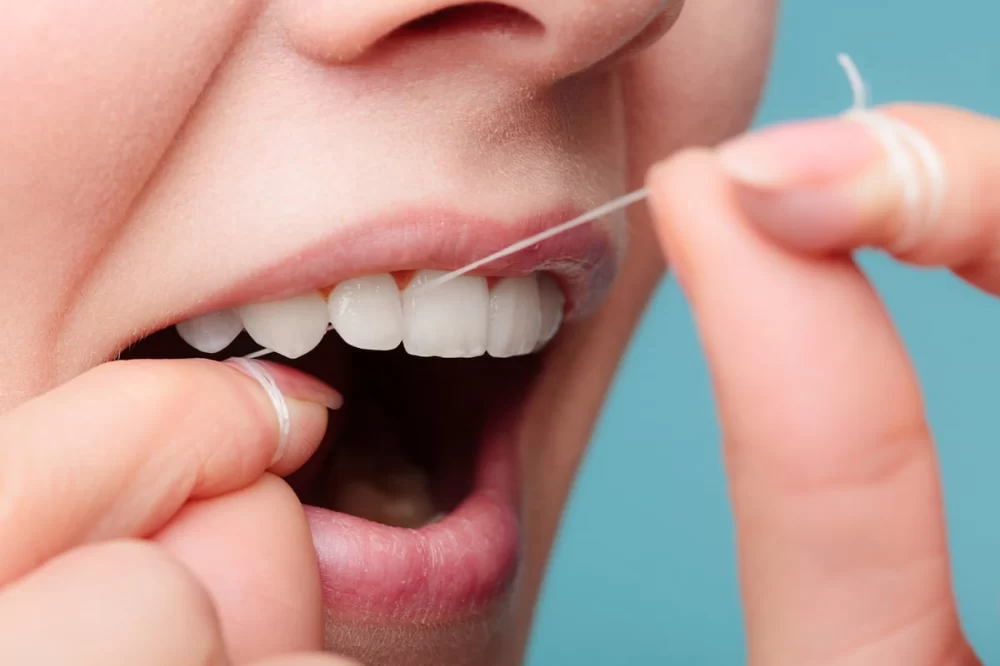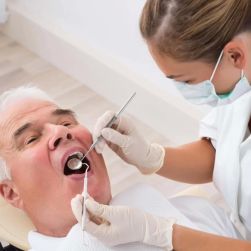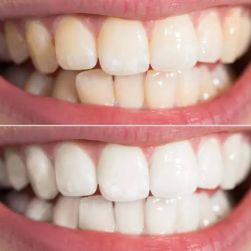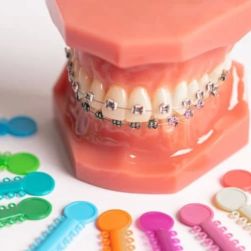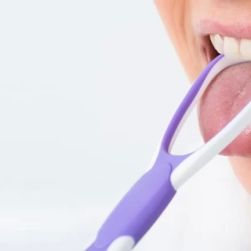The Importance of Proper Flossing to Prevent Tooth Decay
I’ve always believed that brushing my teeth twice a day was enough to keep my mouth healthy, but I was wrong. Several years ago, I learned the hard way when I went for a routine dental check-up and found out that I had developed a cavity in a spot I couldn't even see. My dentist explained that brushing alone doesn't clean between the teeth—those areas are prime spots for plaque buildup and, ultimately, tooth decay. That’s when I first heard about the real power of flossing and how it can prevent tooth decay when done correctly. If you’re serious about maintaining healthy teeth and preventing cavities, flossing should be a crucial part of your daily routine. Here’s how you can avoid tooth decay by mastering the art of flossing.
1. Why Flossing is Essential for Oral Health
Many of us overlook flossing or think it’s just an extra step that’s not very important. I was guilty of this for years, but once I understood why flossing is necessary, I realized how much of a difference it can make. Plaque, a sticky film of bacteria, forms on our teeth every day. Brushing removes most of it, but brushing alone doesn’t reach the spaces between your teeth. Without flossing, the bacteria and plaque that accumulate between your teeth can lead to tooth decay, cavities, and gum disease.
Flossing not only removes food particles and plaque from between your teeth, but it also stimulates your gums, improving circulation and overall gum health. It helps you clean the tight spaces where your toothbrush can't reach, preventing the buildup that leads to decay. Since I started flossing regularly, I’ve noticed that my teeth feel cleaner and my dental check-ups are much better.
2. Choosing the Right Floss for You
There are several types of dental floss available, and choosing the right one is the first step toward effective flossing. The floss you use should feel comfortable to you, as it will make the process easier and more consistent. Here’s a quick guide to help you choose the right type:
- Waxed Floss: This is a great option if you have tight spaces between your teeth. It’s easier to slide through narrow gaps and is less likely to shred during use.
- Unwaxed Floss: For people who have more space between their teeth, unwaxed floss may provide a better grip, ensuring you can clean between your teeth more effectively.
- Floss Picks: If traditional floss feels cumbersome, floss picks might be a great alternative. They’re easy to use and perfect for on-the-go, but they can be less effective for deep cleaning compared to traditional flossing.
When I first started flossing, I experimented with different types of floss until I found that waxed floss worked best for me. It slides between my teeth smoothly without breaking or getting stuck. Finding the right floss can make all the difference in how easy it is to stick with the habit.
3. Step-by-Step Guide to Proper Flossing
Flossing might seem straightforward, but there’s a right and wrong way to do it. Here’s a step-by-step guide based on what I’ve learned over the years:
- Cut the Right Length: Start by cutting about 18 inches of floss. This may seem like a lot, but the extra length allows you to use a clean section of floss for each tooth.
- Wrap the Floss Around Your Fingers: Hold the floss tightly between your thumbs and forefingers, leaving a few inches in between. This will give you control as you work your way through each tooth.
- Slide the Floss Between Your Teeth: Gently slide the floss between your teeth, using a back-and-forth motion. Avoid snapping the floss into your gums, as this can cause irritation and damage.
- Form a C-Shape: Once the floss is between your teeth, curve it around each tooth in a C-shape. Gently move the floss up and down the side of the tooth to remove plaque and food particles.
- Repeat for Each Tooth: As you move on to the next tooth, unroll a clean section of floss to avoid transferring bacteria. Repeat the process for each gap between your teeth, ensuring you cover every surface.
- Don’t Forget the Back Teeth: The back molars are often the most neglected, but they’re just as important as the front teeth. Make sure to floss these areas, too.
Once I perfected my technique, flossing became a much quicker and more enjoyable process. I make it a part of my daily routine right after brushing, and it doesn’t take more than a few minutes. If you’ve been struggling to make flossing a habit, consider setting a reminder or keeping your floss visible in your bathroom to stay on track.
4. Common Flossing Mistakes to Avoid
Even though flossing is an essential part of oral hygiene, there are some common mistakes that can make it less effective. Here’s what I’ve learned from my own experience and what to avoid:
- Flossing Too Roughly: I’ve made the mistake of flossing too aggressively, especially when I was in a rush. This can cause gum irritation or even cut the gums. Always floss gently to avoid any injury.
- Not Using Enough Floss: If you’re reusing the same section of floss for multiple teeth, you’re not getting a clean surface. Using fresh floss for each tooth ensures better plaque removal and hygiene.
- Skipping Teeth: It’s easy to forget about certain teeth, especially the back molars. Make sure to floss every gap between every tooth for the best results.
- Using Floss That’s Too Thin: If the floss you’re using is too thin, it might break or fail to clean properly. This was something I learned the hard way, but using thicker waxed floss solved the problem.
By avoiding these mistakes, you’ll get the most out of your flossing routine and reduce the risk of tooth decay and gum disease. I found that a little extra care and attention made a huge difference in my oral health.
5. How Flossing Helps Prevent Tooth Decay
Tooth decay occurs when plaque is allowed to build up on your teeth for extended periods. Plaque produces acids that erode tooth enamel, eventually leading to cavities. Flossing helps to break up and remove this plaque, especially from places your toothbrush can’t reach. By removing the plaque, you’re preventing the acids from having a chance to damage your enamel.
When I started flossing regularly, my dentist noticed a significant improvement in my oral health. My gums were healthier, my teeth felt cleaner, and my risk of cavities was significantly reduced. Flossing doesn’t just prevent tooth decay; it’s also vital for preventing gum disease, which can lead to more serious issues down the road.
6. Flossing and Your Overall Health
Maintaining good oral hygiene goes beyond just preventing tooth decay. Research has shown that oral health is linked to overall health, including the risk of heart disease, diabetes, and even certain cancers. By flossing regularly, you’re taking care of your mouth, which in turn helps support your general well-being.
Flossing may seem like a small step, but it plays a significant role in maintaining your overall health. I’ve experienced the benefits of flossing first-hand, and I can’t stress enough how important it is to make it part of your daily routine. In the long run, the time you invest in flossing can save you from costly dental treatments and uncomfortable procedures.
Incorporating proper flossing techniques into your routine is one of the most effective ways to prevent tooth decay and maintain a healthy smile. So, take a few minutes each day to floss properly, and you’ll notice the difference it makes in the health of your teeth and gums.

